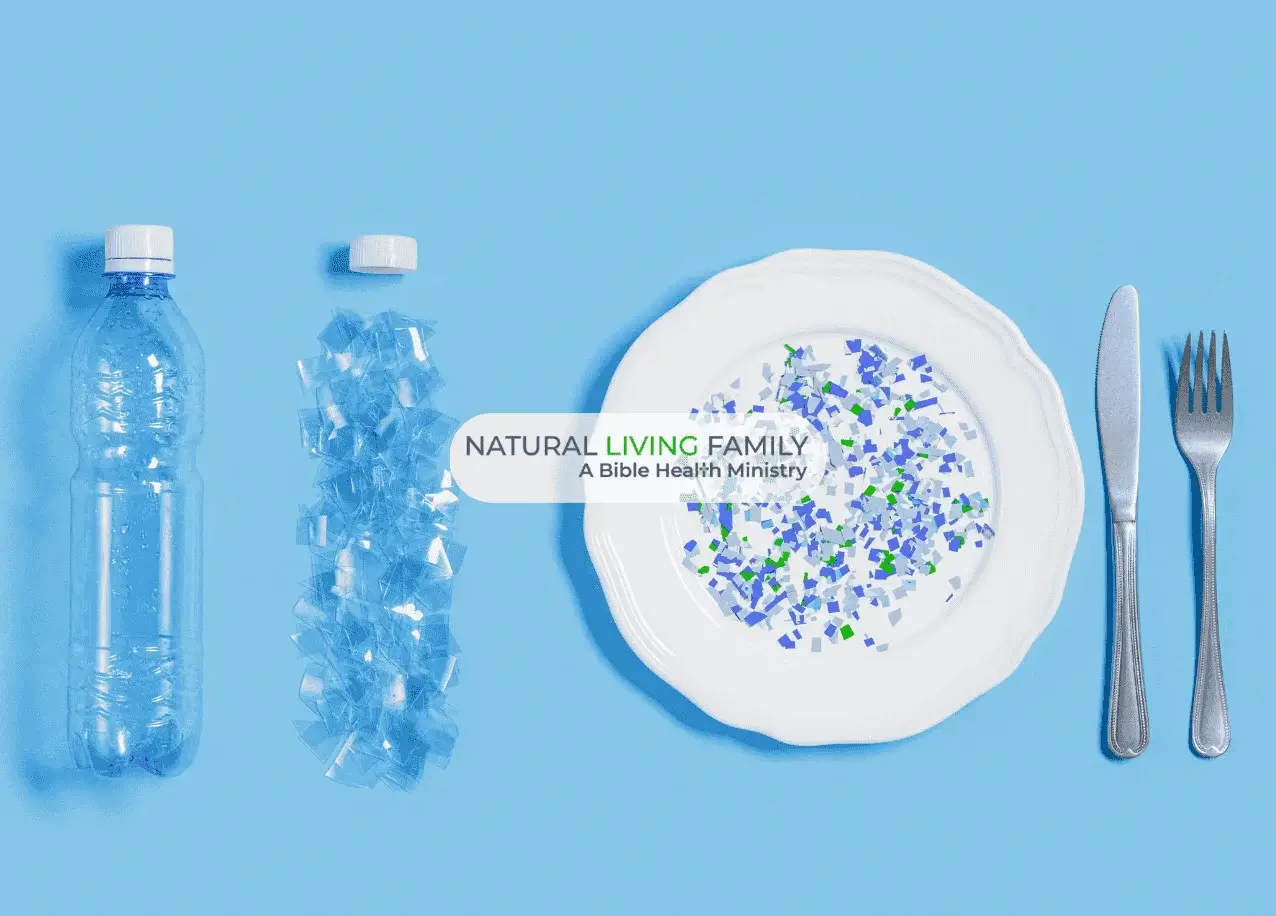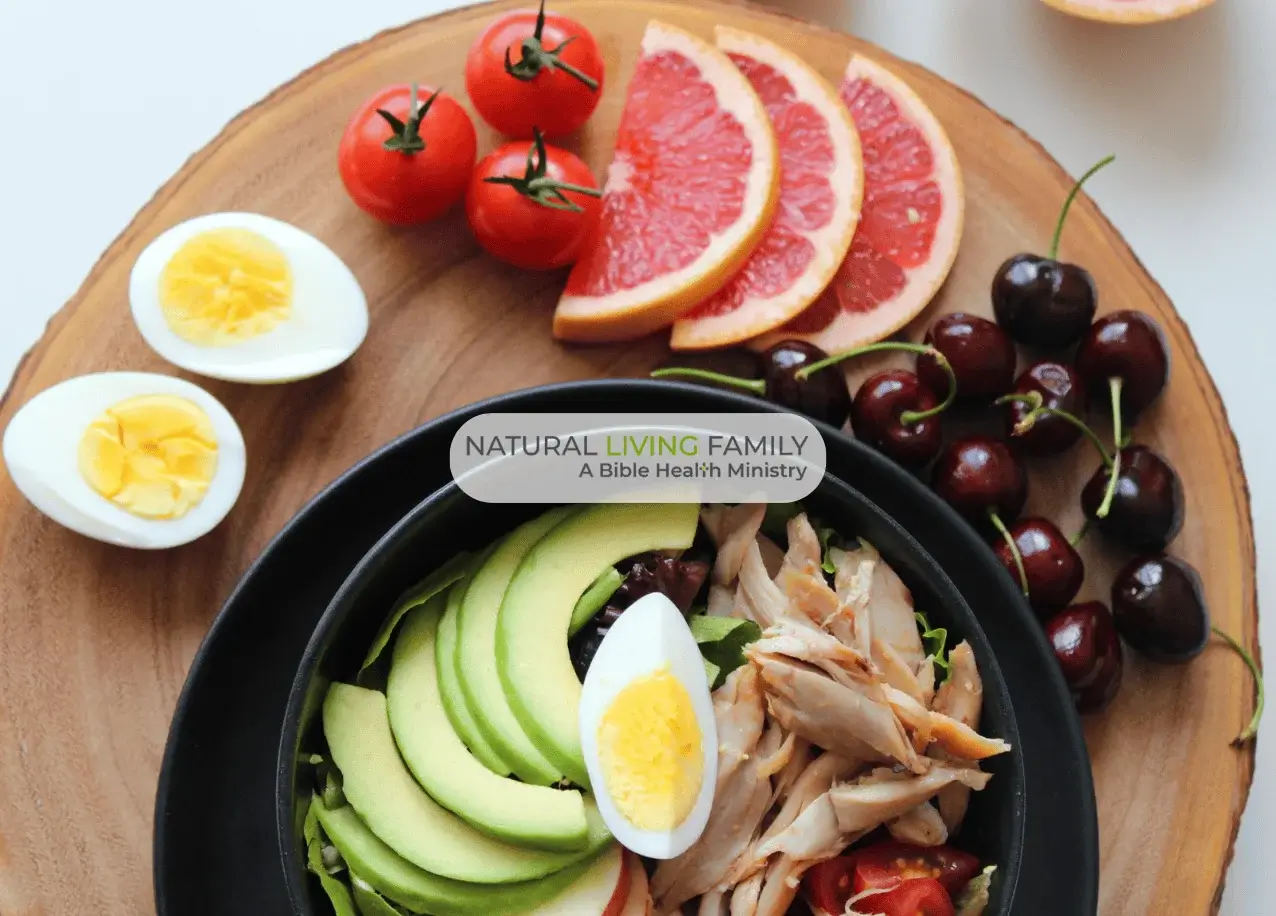You may be hearing about green powders or seeing “enhanced with spirulina” on labels and wondering what spirulina benefits even are. Is it hype? Is it worth paying double for green chips with spirulina? Or is there a better way to lower blood pressure, relieve oxidative stress, and enjoy the many other benefits of spirulina?
Spirulina has been used as a food supplement by many people groups for centuries, as far back as the 1500s. It is farmed in Asian countries today and is believed to have been popular among the Aztec population. In fact, historical documents show that the Conquistadors sold spirulina cakes on a regular basis. In his book, “Conquest of Mexico,ˮ Cortez writes:
“They make it into cakes like bricks, which they sell, not only in the market (of Tenochtitlan) but carry it to others outside the city, and far off. They eat this as we eat cheese, and it has rather a salty taste, which is delicious with chilmolli (a pungent sauce). They say that so many birds come to the lake for this food, that often in winter some parts are covered with them.” (1)
Table of Contents
History & Identification of Spirulina
Spirulina, also known as “Tecuitlatlˮ was the Aztezcs’ primary protein source for hundreds of years, and Lake Texcoco is still a copious source of the superfood today. Going even further back than the Aztecs, Central Africans near Lake Chad have been farming the superfood as early as the 9th century. While researchers confused spirulina with chlorella, a 1959 article referred to spirulina as “die.ˮ However, it was during a 1969 Belgian expedition that researchers first discovered the nutritional value of spirulina.
Sometimes spirulina is confused with chlorella. It is no surprise scientists confused these two similar microalgae plants. Even though the two have some glaring differences, they are still confused to this day.
Here are the four main differences between spirulina and chlorella:
1. Size, shape, and color: Spirulina is spiral-shaped, bluish-green in color, and can grow up to 100 times larger than chlorella, which is spherical-shaped and solid green in color. Spirulina is also a multi-celled organism with no nucleus, while chlorella is a single- celled microorganism with a nucleus.
2. Growing conditions: Spirulina is mostly found in freshwater, such as ponds, lakes, and rivers. It needs a significant source of sunlight and only thrives in moderate-temperature climates. While chlorella also grows in freshwater, it is typically found in areas with other thick plant growth, which makes it much more difficult to harvest.
3. Consumption practices: The ways in which spirulina and chlorella can be consumed differ greatly. Chlorella is hard and virtually indigestible. It is only suitable for human consumption after mechanical processing. Spirulina’s benefits, on the other hand, can be enjoyed without processing and is easily digestible.
4. Nutritional content: While both plants are in the superfood family, the nutritional content of each is different. Spirulina contains more protein, iron, essential amino acids, and vitamins B, C, D, and E, making the health benefits of spirulina arguably the healthier of the two choices.
Spirulina Nutritional Facts
Spirulina algae is one of the most nutrient-dense foods on the planet. That’s part of the reason we include it as a superfood ingredient in our super green mix powder recipe. One cup of spirulina, on average, contains the following nutritional content:
- Sugars (3g)
- Dietary fiber (4g)
- Protein (64g)
- Calories (325)
Fats:
- Saturated fat (15%)
- Omega-3 fatty acids (922 mg)
- Omega-6 fatty acids (1404 mg)
- Total fat (13% Daily Value)
Minerals:
- Calcium (13%)
- Copper (342%)
- Iron (177%)
- Magnesium (55%)
- Potassium (44%)
- Phosphorus (13%)
- Selenium (12%)
- Sodium (49%)
- Zinc (15%)
Vitamins:
- Vitamin A (13%)
- Vitamin B6 (20%)
- Vitamin C (19%)
- Vitamin E (28%)
- Vitamin K (36%)
- Folate (26%)
- Niacin (72%)
- Pantothenic Acid (39%)
- Riboflavin (242%)
- Thiamin (178%)
As a nourishing, concentrated whole food, spirulina algae delivers more nourishment per gram than any other food supplement on the market. Just one 3-gram serving, for example, contains:
- 60 percent protein and Iron, Manganese, Chromium, and Vitamins A, K1, K2, B12.
- Health-rich phytonutrients such as carotenoids, GLA, SOD, and phycocyanin.
- 2,800 percent more beta-carotene than carrots; 3,900 percent more iron than spinach; 600 percent more protein than tofu and 280 percent more antioxidants than blueberries.
These nutritional factors are responsible for a number of health benefits, including:
- Reinforced immune system
- Enhanced energy level
- Sustained cellular health
- Heart, brain, and eye health
Let’s look at the research on the health benefits of spirulina.
Top 12 Spirulina Benefits for Health
The best way to reap spirulina benefits is to make sure whatever product you purchase is unadulterated (only spirulina) and has not been heat processed. Heat destroys omega 6 and other vital nutrients, as in many bioactive foods. Look for cold-pressed spirulina as your go to. As we examine and summarize the thousands of research articles discussing how spirulina benefits your health, these 12 things stand out.
1. Immune Boosting
Spirulina isn’t just a nutritional powerhouse but is also a natural defender! Disease transmission experts were confused when they attempted to comprehend why individuals in Japan, Korea, and Chad had moderately low HIV/AIDS rates. One conceivable reason for the moderately low rates, as explained by a review published in the Journal of Applied Phycology in 2012, might be the measure of algae people in these zones routinely ingest!
Scientists took 11 HIV patients who had never taken antiretroviral and split the members into three gatherings: one group ate 5g of dark-colored seaweed consistently, one group ate 5g of spirulina, and one ate a mix of both. After the three-month time for testing was finished, two key discoveries were found:
- Researchers found no unfavorable results from the different seaweed variations or a mixture of both.
- CD4 cells (T-helper white blood cells that battle disease and are used to stage HIV and HIV-1 viral load, another HIV biomarker) stayed stable.
The immune-boosting outcomes were promising to the point that one member volunteered to proceed with the review for an extra 10 months and they really profited by a “clinically noteworthy change in CD4 and diminished HIV viral load!ˮ
And, of course, the antimicrobial benefits aren’t limited to just viruses. In 2021 a summary of other studies showed that extracts from Spirulina have impressive antimicrobial and antioxidant activity. This helps to protect your body (and your skin) from harmful bacteria and fungi, thanks in part to its rich polyphenol content and unique bioactive compounds. In fact, they are exploring the uses of spirulina against food borne illnesses because of it’s protective properties.
2. Fight Chronic Disease & Cancer
According to the researchers, “A number of animal and test tube studies suggest that spirulina increases the production of antibodies, infection-fighting proteins, and other cells that improve immunity and help ward off infection and chronic illnesses such as cancer.ˮ This doesn’t come as a shock, as nearly 100 peer-reviewed articles have been distributed in scientific journals assessing spirulina’s capacity to impact malignancy cells!
One article called attention to the fact that, notwithstanding its capacity to control blood cholesterol levels, “Spirulina is also rich in tetrapyrrolic compounds closely related to a bilirubin molecule, a potent antioxidant and anti-proliferative agent.ˮ
When tried on human pancreatic cells, these analysts found that, “Compared to untreated cells, experimental therapeutics significantly decreased proliferation of human pancreatic cancer cell lines in vitro in a dose-dependent manner.ˮ This demonstrates the more spirulina somebody eats, the less danger they have of developing different malignancies!
3. Detox Heavy Metals
Affecting individuals everywhere throughout the world, persistent arsenic toxicity is an issue, particularly in the Far East. According to Bangladeshi analysts, “Millions of people in Bangladesh, India, Taiwan, and Chile are consuming high concentrations of arsenic through drinking water, and thousands of them have already developed chronic arsenic poisoning.ˮ Truth be told, up to 3 percent of the whole country of Bangladesh exhibited signs of clinical arsenic poisoning alone!
Bangladeshi analysts said, “There is no specific treatmentˮ for arsenic poisoning, which is the reason they assessed options like algae. In the wake of giving 24 patients, influenced by arsenic poisoning, spirulina (250 mg) in addition to zinc (2 mg) twice a day, they contrasted the outcomes with 17 patients who took a placebo and found that the spirulina- zinc blend worked brilliantly. The members encountered a 47 percent abatement of arsenic in their body!
In May 2025 the Journal of Pharmacy and Bioallied Sciences published an article highlighting the effectiveness of spirulina on other heavy metals such as lead, cadmium, and mercury. The chelating effect and ability to relieve oxidative stress also helps support liver health (including aiding in preventing or recovering from non-alcoholic fatty liver disease).
4. Combat Fungal Infections (like Candida!)
Candida belongs to the normal microfloral balance of an individual’s mucosal oral cavity, gastrointestinal tract and vagina. This is important to keep in mind because, without a sound microflora balance in our body, we will be more susceptible to disease and sickness. In fact, leaky gut disorder and poor digestion are specifically associated with microfloral imbalance. Not only is candidiasis the main source of mycosis-related illnesses in the United States, the abundance of candida has turned into the trademark sign for most immune system illnesses today.
Because of a shift in our eating regimen rich in sugar and other inorganic foods, we have seen a huge increase in yeast contaminations since the 1980s. Fortunately, spirulina can be very beneficial. Animal studies have demonstrated that spirulina is hostile to microbial operators, especially candida. Specifically, spirulina appears to advance the development of beneficial bacteria in the digestive organs, which represses Candida from flourishing. Furthermore, the fortifying properties of spirulina will help the body flush out Candida cells.
5. Prevent Heart Disease
Health benefits of spirulina help heart health in three primary ways:
- Lowers cholesterol
- Lowers blood pressure
- Protects against stroke
Let’s look at each aspect of these cardiovascular diseases in more detail…
- Cholesterol – In a study published by The Journal of Nutritional Science and Vitaminology, researchers fed rabbits a high-cholesterol diet and then added spirulina to test its effect. After just eight weeks, LDL cholesterol dropped by 26% in the group taking 1% spirulina and by 41% in the group taking 5%! Total cholesterol and triglycerides also decreased significantly, suggesting that spirulina may help prevent atherosclerosis and support healthy cholesterol levels. The more spirulina included, the greater the benefit to help reduce high blood pressure.
- Blood Pressure – Phycocyanin is a pigment found in spirulina that researchers have found has antihypertensive results (it calms high blood pressure). Japanese analysts believe that eating blue-green algae turns around endothelial dysfunction in metabolic disorders. This is promising news for Americans on the grounds that metabolic disorders have quickly turned out to be one of the primary drivers of preventable infection today. Metabolic syndrome can elevate the danger of coronary illness, diabetes (imbalanced blood sugar), and stroke.
- Stroke – Researchers also discovered that the spirulina supplementation lowered the intimal aorta surface by 33 to 48 percent, which suggests that it can prevent atherosclerosis and subsequent stroke. Remember that this clinical trial was conducted on animals that were still eating an HCD, and it highlights that regular spirulina consumption can literally reverse the damage done by eating a poor diet. You can only imagine the heart health benefits in blood pressure and other markers that would be experienced by those individuals who have a balanced diet!
Bonus – Protection from Diabetes mellitus (Type 2). As we learned in our post about Insulin Resistance and Sensitivity, a poorly functioning endocrine system can wreck havoc on blood sugar levels and set you up for a cluster of cardiovascular diseases including high blood sugar, high blood pressure and cholesterol.
This trifecta of health issues can lead to non-alcoholic fatty liver disease or metabolic syndrome! The good news is spirulina has been shown to increase insulin sensitivity helping to balance your blood sugar, make your heart healthier and lower blood pressure to a manageable level.
6. Clears Sinuses
Spirulina has been shown through multiple studies to help reduce the inflammation that causes people to experience sinus problems known as allergic rhinitis. Compared to placebo trials, spirulina has actually been proven quite effective at reducing itching, nasal discharge, nasal congestion, and sneezing. Allergic rhinitis is just one more way your body shows it’s lack of systematic health and spirulina can help!
7. Burns Fat
Spirulina is one of the few protein-dense superfoods that delivers concentrated nutrition without calories. This makes it an ideal companion for weight loss and fat-burning goals. In fact, recent studies published in Frontiers in Nutrition (2020) and Nutrients (2019) confirm that spirulina supplementation can help reduce body fat, improve metabolic markers, and support healthy body composition.
Because high-protein foods require more energy to digest, spirulina promotes thermogenesis, preserves lean muscle mass, and helps curb appetite. This means it can help control food cravings. Overweight individuals may experience the most benefit, especially when spirulina is taken in the morning or midday when the body is most metabolically active.
For best results, use spirulina as part of a balanced whole-foods lifestyle, not a meal replacement. Its natural ability to satisfy hunger while fueling the body makes it a powerful tool for sustainable fat loss.
8. Supports Skin Health & Photoprotection
Spirulina is a powerhouse for your skin. Thanks to its rich blend of antioxidants, vitamins, and amino acids, spirulina helps your body naturally produce collagen, the protein that keeps your skin looking youthful and resilient. Its potent phytonutrients, including phycocyanin and beta-carotene, help protect against oxidative stress and UV damage, supporting smoother, more radiant skin. Early research even suggests spirulina may help with wound healing and reduce signs of aging by encouraging new cell growth.
9. Boosts Brain Health & Mood
Your brain thrives on clean, plant-based nutrition, and spirulina delivers. Itʼs packed with essential fatty acids, B vitamins, and antioxidants that help protect your brain cells from oxidative stress. Exciting new studies show spirulina supplementation can improve cognitive performance, support a balanced mood, and even enhance sleep quality.
And given what we know about the links between diabetes and Alzheimer’s disease, it makes sense that as research continues we will see brain health benefits extend to Type 3 diabetes as well. Type 3 diabetes is what many are calling Alzheimer’s disease because of the strong ties between insulin resistance and neurodegenerative diseases. Together you can see why spirulina is a good choice for mood and brain health both!
10. Mitochondrial & Cellular Health (Energy & Anti-Aging)
Spirulinaʼs unique compounds support your bodyʼs energy factories, called your mitochondria. By reducing oxidative stress and inflammation, spirulina helps protect your cells from premature aging and keeps your energy levels steady throughout the day. Some research even points to spirulina’s role in activating cellular pathways that promote longevity and resilience, making it a true ally in your anti-aging toolkit.
11. Promotes Wound Healing
Nature’s green superfood isn’t just for internal health. Spirulina can help your body heal from the outside in. Its amino acids and antioxidants encourage the growth of new tissue and collagen, speeding up the healing process for minor cuts, scrapes, and even certain skin conditions. Traditional cultures have long used spirulina for its restorative properties, and modern science is catching up with evidence supporting its role in wound repair.
12. Supports Gut Health
A healthy gut is the foundation of true health and even where your immune system often starts. And spirulina can help. Research suggests spirulina encourages the growth of beneficial gut bacteria, helping to keep your digestive system running smoothly.
Its antimicrobial properties, which we discussed above, can also help protect against food borne illnesses and other microbes. This one-two punch makes it an absolute knock out when it comes to nurturing your microbiome and improving your digestive system health.
Potential Risks of Spirulina
It is critical to make sure that the value and clarity of the spirulina that you consume are of the highest standards. Like anything that comes from the water, be certain to only purchase blue-green algae that are pollution-free.
Also, some sources suggest that pregnant women and children should not consume algae. Contact your natural health care provider to confirm whether you should be consuming spirulina.
And most importantly, find a quality provider who is using the careful testing and processing that is needed. You might not know the way the products in your health food stores have been processed. Listen to our interview with Dr. Catharine Arnston for some key things to watch out for when making your spirulina purchase!
Ready to start using algae to improve your health? You can listen to our interview with Dr Catharine Arnston or make your own homemade greens super food powder using our Mama Z approved recipe.
References:
- http://nzetc.victoria.ac.nz/tm/scholarly/tei-Bio18Tuat01-t1-body-d3.html
- https://www.frontiersin.org/journals/nutrition/articles/10.3389/fnut.2024.1455553/full
- https://nutritiondata.self.com/facts/vegetables-and-vegetable-products/2765/2
- https://pubmed.ncbi.nlm.nih.gov/22661829/
- https://web.archive.org/web/20170725171748/http://www.umm.edu/health/medical/altm ed/supplement/spirulina
- https://pubmed.ncbi.nlm.nih.gov/?term=spirulina+cancer
- https://pmc.ncbi.nlm.nih.gov/articles/PMC8848030/
- https://www.sciencedirect.com/science/article/pii/S1319562X20305106
- https://pubmed.ncbi.nlm.nih.gov/24552870/
- https://pubmed.ncbi.nlm.nih.gov/16615668/
- https://pubmed.ncbi.nlm.nih.gov/15530935/
- https://www.microbiologyresearch.org/content/journal/jmm/10.1099/jmm.0.045054 0;jsessionid=v5wPF6kY4XGlrckmHDqC3pCu.mbslive-102401078#ref-143
- https://www.ncbi.nlm.nih.gov/pmc/articles/PMC1797637/
- https://journals.lww.com/jpbs/fulltext/2025/05001/the_detoxifying_effects_of_spirulina_i n_promoting.13.aspx
- https://pubmed.ncbi.nlm.nih.gov/23518167/
- https://pubmed.ncbi.nlm.nih.gov/20336506/
- https://pubmed.ncbi.nlm.nih.gov/15478198/
- https://pubmed.ncbi.nlm.nih.gov/20354344/
- https://pubmed.ncbi.nlm.nih.gov/23684441/
- https://www.nhlbi.nih.gov/health-topics/metabolic-syndrome
- https://pubmed.ncbi.nlm.nih.gov/28617537/
- https://www.sciencedirect.com/science/article/pii/S2352364621000237
- https://pubmed.ncbi.nlm.nih.gov/32967062/
- https://pubmed.ncbi.nlm.nih.gov/31780031/
- https://pubmed.ncbi.nlm.nih.gov/24324897/
- https://pmc.ncbi.nlm.nih.gov/articles/PMC4188938/
- https://www.mdpi.com/20726643/16/5/642
- https://www.afjbs.com/uploads/paper/c0950ba887663c9a992be7c114fba9a5.pdf
- https://www.jpccr.eu/pdf-189444112000











